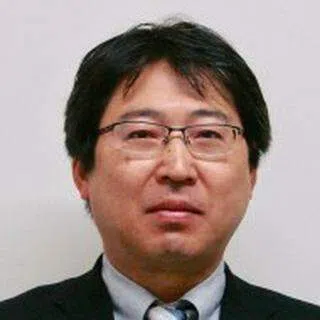Trump and Ishiba find common ground on China
The recent meeting between Japanese Prime Minister Shigeru Ishiba and US President Donald Trump yielded some positive results, not least some common ground on China. Japanese academic Shin Kawashima looks at the content of the joint statement and press conference following the meeting.

Japanese Prime Minister Shigeru Ishiba and US President Donald Trump met on 7 February in Washington, DC. Ishiba expressed excitement about the meeting, which was generally viewed as a success in Japan. However, the positive reception suggests that expectations were initially low, indicating that there had been concerns in Japan about the summit.
There were specific concerns about whether Ishiba and Trump could establish personal “chemistry” during their first face-to-face meeting. Additionally, there was apprehension about whether Ishiba would address his views on the Japan-US Status of Forces Agreement (SOFA), which outlines the rules for US military operations in Japan. There were also worries that Trump might make an unpredictable request, prompting Ishiba to respond ambiguously with, “I will take it back and consider it,” potentially leading to a harsh evaluation from Trump.
The summit indicates that the Japan-US relationship will largely remain stable in the Trump-Ishiba era.
Status quo to be maintained
However, reports suggest that the meeting went smoothly, with the post-meeting statement reflecting language consistent with previous statements.
In the joint press conference, Ishiba emphasised to Trump that Japan has been “the top investor nation for the United States five years running”, and that Japan aims “to raise (its) investment amount in the United States to the unprecedented scale of US$1 trillion”. Needless to say, Trump welcomed this, noting that they “agreed to cooperate even more closely to combat the Chinese economic aggression”, making it clear that he would be vigilant against China on the economic front as well.

In their statement, both leaders also expressed their “determination to continuously cooperate to realise a free and open Indo-Pacific” and reaffirmed that Article V of the US-Japan Security Treaty applies to the Senkaku Islands, and their intention “to advance multilayered and aligned cooperation among like-minded countries, including Japan-Australia-India-US (Quad), Japan-US-Republic of Korea (ROK), Japan-US-Australia, and Japan-US-Philippines”.
Relations with US and China not a zero-sum game
Regarding China, they reiterated their “strong opposition to any attempts by the People’s Republic of China (PRC) to change the status quo by force or coercion in the East China Sea” and emphasised the “importance of maintaining peace and stability across the Taiwan Strait”.
The summit indicates that the Japan-US relationship will largely remain stable in the Trump-Ishiba era. This is significant because the influence of the Seiwa-kai (the former Abe faction) within the Liberal Democratic Party (LDP) has notably waned, sparking concerns that the foreign policy established during Shinzo Abe’s administration might change.
The Ishiba administration emphasises dialogue with China while clearly signalling its intention to strengthen cooperation with the US, reaffirming its importance as before.
The Ishiba administration emphasises dialogue with China while clearly signalling its intention to strengthen cooperation with the US, reaffirming its importance as before. This suggests that the Ishiba administration views relations with the US and China as complementary, not a zero-sum game. Strengthening dialogue with China does not mean weakening ties with the US. It appears that the Ishiba administration plans to advance dialogue with China while further enhancing Japan-US relations.

At a regular press conference on 10 February, Chinese Foreign Ministry spokesperson Guo Jiakun protested: “The part of the US-Japan joint statement on China constitutes open interference in China’s domestic affairs, and an attack and smear against China, which is also aimed at scare-mongering in the region. China deplores and firmly opposes this, and has lodged serious protests with the US and Japan.” On the same day, Liu Jinsong, director-general of the Asian Affairs Department of the Chinese Foreign Ministry, summoned Akira Yokochi, chief of the Japanese embassy in China, to protest against the Japan-US summit on 7 February, but the focus was on the Taiwan issue.
In China, expectations of the Ishiba administration are high. Therefore, there may be some “disappointment” on China’s part. However, it is important to note that excessive expectations can actually damage trust.





